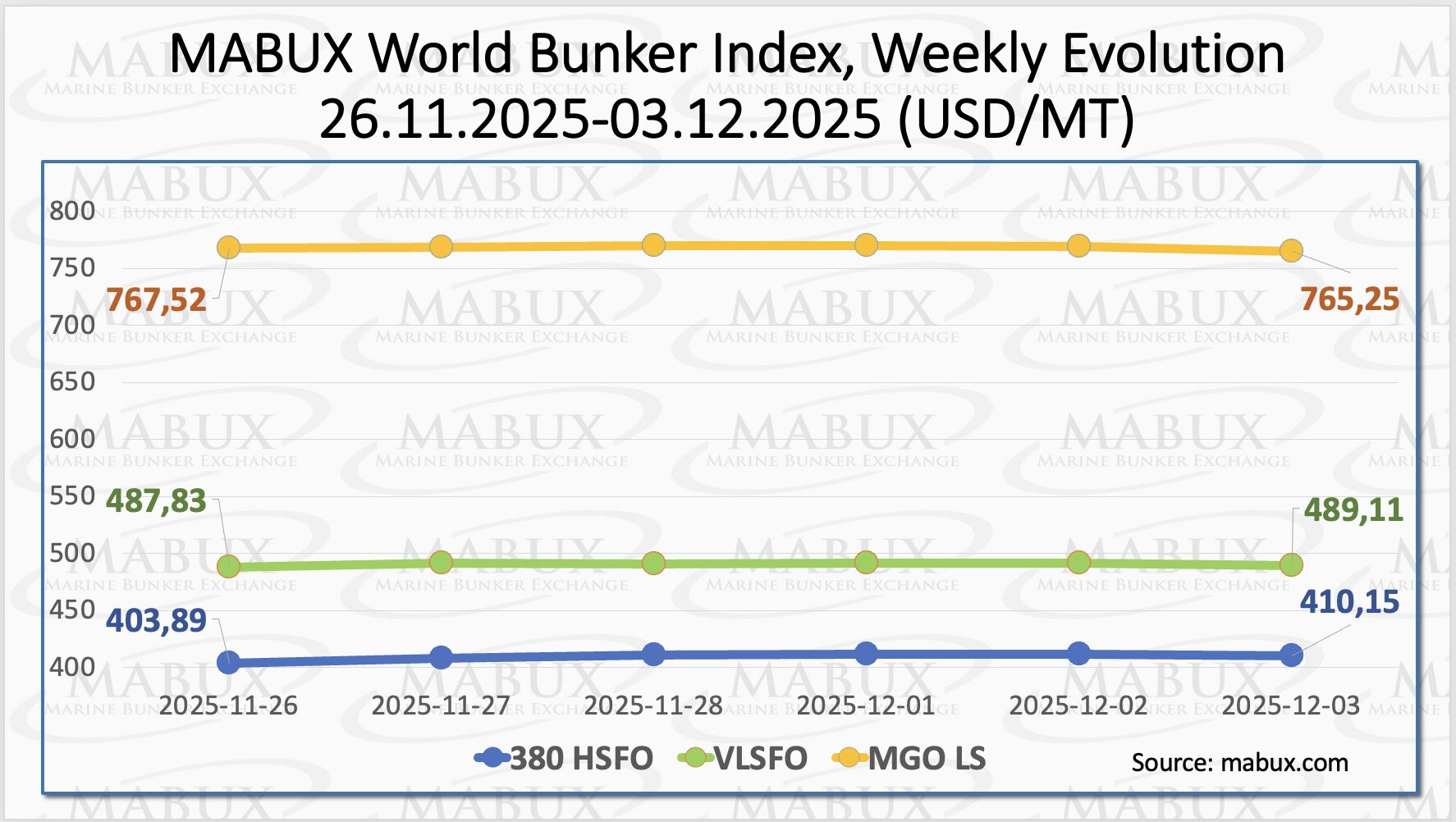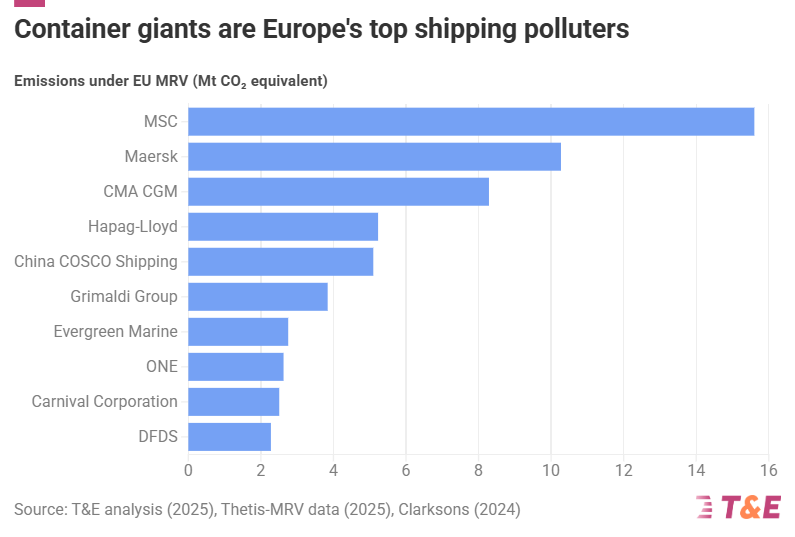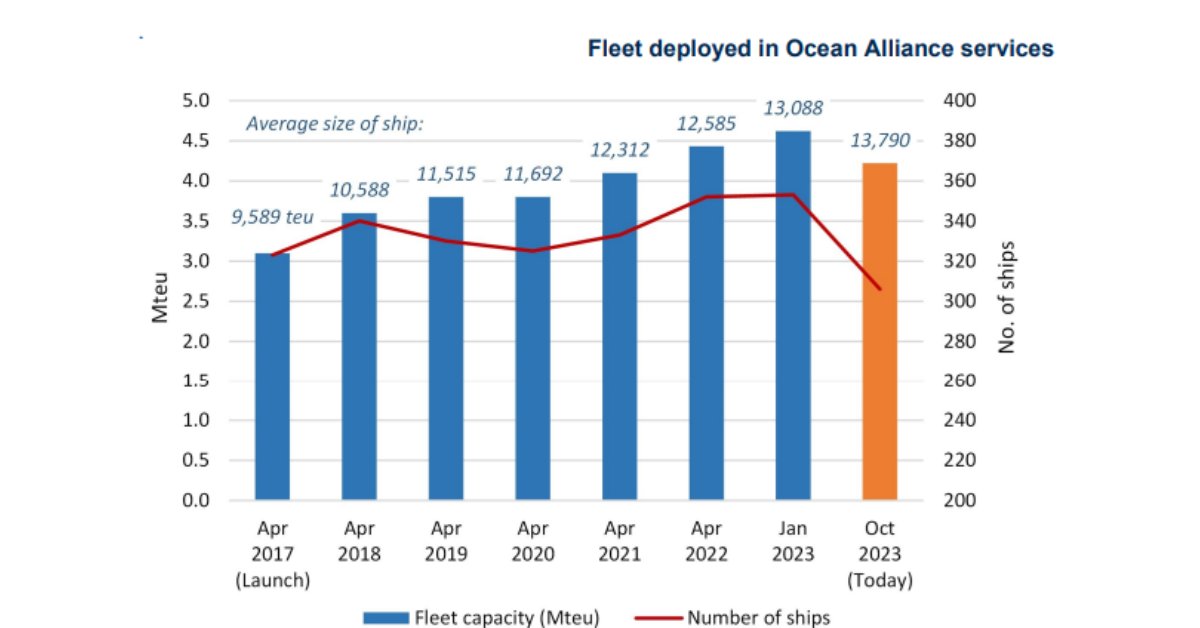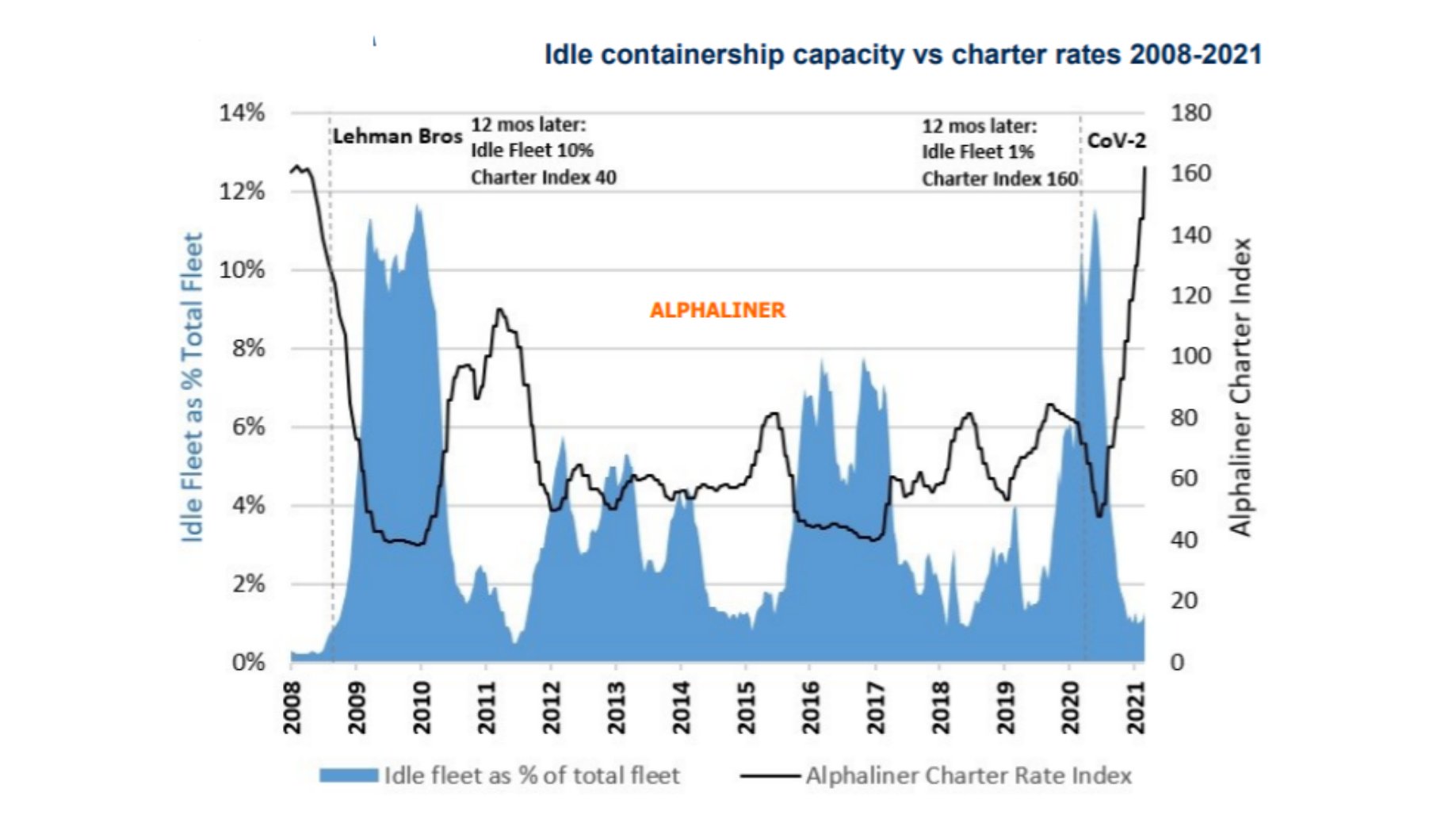

Over the past few months, we have been heavily focused on the Transpacific and Asia-Europe trades, and with good reason, given the size and current market dynamics on those trades.
In issue 503 of the Sunday Spotlight, we shifted our focus a bit and looked at blank sailings on the Transatlantic trades, as the developments on the trade in the coming weeks may lay the foundation for coming freight rate increases on the Transatlantic.
Blank sailings on the Transatlantic trades developed quite differently from the other deep-sea trades. In 2020 there was only a single 2020-1H spike in blank sailings, as the Coronavirus impact was only seen from the spread of the pandemic to Europe and North America, but not the initial impact in China.
More importantly, as shown in figure 1, there was a significant spike in blank sailings towards the end of 2020 – peaking at a level of blank sailings above the earlier pandemic impact, very much in contrast with the Transpacific and Asia-Europe.
Furthermore, the level of announced blank sailings for March and April 2021 are also at consistently elevated levels compared to the same period last year, which is also in contrast with the aforementioned trades.
While Asia-Europe and Transpacific have seen unprecedented increases in spot rates, Transatlantic spot rates have remained remarkably stable throughout the pandemic period. The main question therefore is – will the significant increase in the number of blank sailings on the Transatlantic trade be harbinger of coming rate increases on the trade?
From a carrier perspective, the operational reality is that there is a capacity shortage in some trades where the rate levels are historically high – and at the same time, the rate levels have not increased in the Transatlantic.
With a large number of vessels being stuck in congestion outside port on the US West Coast, vessel redeployment from less-profitable trades could well be argued as a measure of “first aid” to thew Transpacific trade.
From a quantitative level, there appears to be a drive to shift capacity to more profitable trades, which in turn can only have one consequence: An increase of Transatlantic rate levels.
Source: Alan Murphy, CEO, Sea-Intelligence













